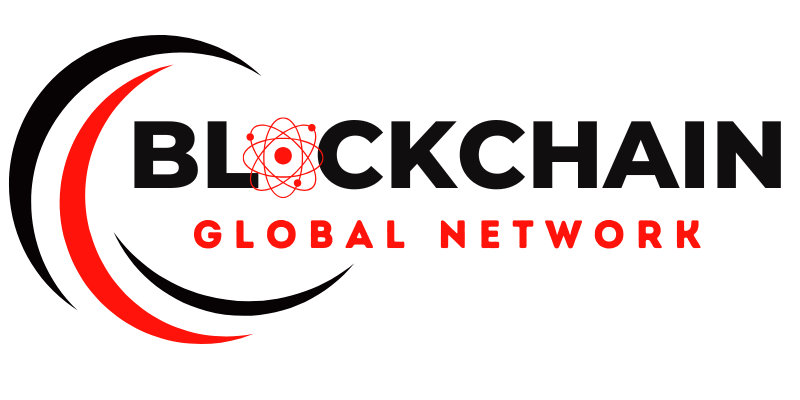The gaming industry is on the brink of another revolution, moving beyond stunning graphics and compelling narratives toward a new era of player empowerment. The core catalyst for this change is blockchain technology. As we look ahead, the most influential blockchain gaming trends 2025 are not just about earning crypto; they are about fundamentally reshaping the relationship between players and the virtual worlds they love.
The evolution from play to earn to true digital ownership

The shift from earning to owning
The narrative around blockchain gaming is maturing beyond simple financial incentives. A core part of blockchain gaming trends 2025 is this fundamental move from play to earn towards true digital ownership. Players now expect lasting value and genuine control over their in-game assets. This transition empowers them, turning digital items into verifiable property that can be freely traded or used without developer oversight, establishing a new standard for the industry.
This new paradigm is built on several key principles that redefine the player experience. It transforms gamers from passive consumers into active stakeholders with a real investment in the game world. The underlying blockchain technology and how it works provides the foundation for this change, ensuring transparency and security for all participants.
- Verifiable Scarcity: Unlike traditional games where developers control item supply, NFTs have provable scarcity, making them inherently more valuable and collectible.
- Player-Driven Economies: True ownership enables robust, decentralized marketplaces created and run by players, often governed by sophisticated undefined.
- Enhanced Security: Assets are secured on an immutable ledger, protecting them from risks like server shutdowns or arbitrary changes by the game publisher.
Interoperability and the rise of multi game assets

Siloed gaming experiences are becoming a thing of the past. One of the most exciting blockchain gaming trends for 2025 is the push towards interoperability, where assets and identities can move seamlessly between different games and metaverses. Imagine using a legendary sword won in one fantasy RPG as a decorative item in your virtual home in another. This cross-platform utility is made possible by standardized blockchain protocols and NFTs, breaking down the walls between digital worlds.
Key drivers of interoperability
Major gaming studios and blockchain projects are collaborating to build universal standards for digital assets. This allows an NFT created in one environment to be recognized and rendered in another, creating a more cohesive and interconnected digital universe. This not only enhances the value of a player collection but also deepens engagement across the web3 ecosystem. Projects focused on cross-chain communication, such as exploring undefined, are crucial to making this vision a reality. This transforms single-game items into truly versatile multi-game assets.
AI integration in decentralized gaming economies
The integration of artificial intelligence is one of the most transformative blockchain gaming trends 2025. Its fusion with blockchain technology will create unprecedented experiences, as AI-driven mechanics become a cornerstone of decentralized games. This extends far beyond smarter opponents, fundamentally altering how game worlds and economies operate. The synergy between AI and blockchain fosters intelligent and responsive gaming environments that are genuinely alive.
This powerful combination introduces several groundbreaking concepts that enhance player immersion and asset value. These innovations create dynamic systems where the game world evolves alongside its players.
- Dynamic NFTs: AI algorithms can alter an NFT’s attributes or appearance based on player actions or external data, creating unique assets that reflect their history.
- Procedural Content Generation: AI can generate endless, unique game worlds and quests directly on-chain, ensuring gameplay remains fresh and unpredictable.
- Autonomous Agents: Non-player characters can become fully autonomous entities on the blockchain, capable of owning assets and making independent economic decisions.
Focus on user experience and seamless onboarding

The most significant barrier to mass adoption for blockchain games has been a complicated user experience. For years, the need to manage complex crypto wallets and gas fees has alienated mainstream gamers. A crucial part of blockchain gaming trends 2025 is the industry-wide investment in creating a frictionless onboarding process. The primary goal is to make the underlying technology completely invisible to the end-user, prioritizing fun over friction.
Simplifying the player journey
To attract the next wave of players, developers are abstracting away the complexity. This focus on a seamless journey involves several key innovations designed to make web3 games as accessible as their traditional counterparts. These changes are critical for bridging the gap between niche crypto enthusiasts and the global gaming community.
- Abstracted Wallets: Players can now sign up with familiar methods like a Google account or email, which automatically creates a secure, non-custodial wallet in the background.
- Gasless Transactions: Many platforms are subsidizing or eliminating transaction fees, so actions like minting an NFT feel as seamless as in any web2 game.
- Unified Platforms: Integrated launchers and marketplaces provide a one-stop-shop for discovering games, managing assets, and engaging with the community.
The road ahead for blockchain gaming is defined by genuine empowerment and immersive innovation. The focus is shifting from speculative earning to creating sustainable, player-owned economies, intelligent worlds powered by AI, and frictionless experiences accessible to everyone. These advancements promise a future where players are not just participants but true stakeholders in the digital universes they inhabit. To stay ahead of these changes, explore the resources at Blockchain Global Network.

RELATED POSTS
Polymarket airdrop – Smart investment for the Web3 generation
With the Polymarket airdrop, users...
Kamino Airdrop – Investment Opportunities in DeFi on Solana
Kamino airdrop offers a potential...
4 Reasons You Should Pay Attention to Banana Zone Crypto Today
Banana Zone Crypto is gaining...
Near coin Revolution: Is this the Crypto you’ve been waiting for?
Near Coin is making waves...
U2U KuCoin Listing – A new investment opportunity for the Crypto community
U2U Network (U2U) was officially...
Unraveling the Mystery: Cryptocurrency vs. Blockchain Demystified
Understanding the Difference: Cryptocurrency vs....
BitMart’s Strategic Move – A Lifeline for Pi Network’s Recovery in a Volatile Crypto Market
Pi Network, reeling from an...
Nous Research Secures $50M for Decentralized AI on Solana
Nous Research, a trailblazing startup...
DuckChain Airdrop: Great opportunity to get free Tokens
In the context of rapid...
Who has Andrew Tate’s Crypto Wallet?
Who has Andrew Tate’s Crypto...
Forgotten Runiverse: A promising NFT Game on Ronin Network
Forgotten Runiverse is emerging as...
CoinList and U2U Network – Partnering to Build the Future of Decentralized Infrastructure
The cryptocurrency market is witnessing...
Pi Network Officially Listed on OKX – Price Fluctuations and Forecast
Pi Network has officially been...
Tomarket Airdrop – Explosion of the Super Countdown Event
The Tomarket Airdrop event is...
BoxBet Airdrop – Your Ultimate Guide to Earning BXBT Tokens
The BoxBet Airdrop is making...
What is DAG Blockchain? Understanding how it works
DAG Blockchain has become increasingly...